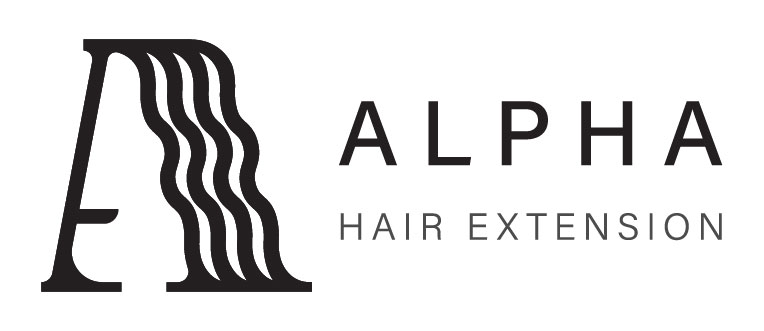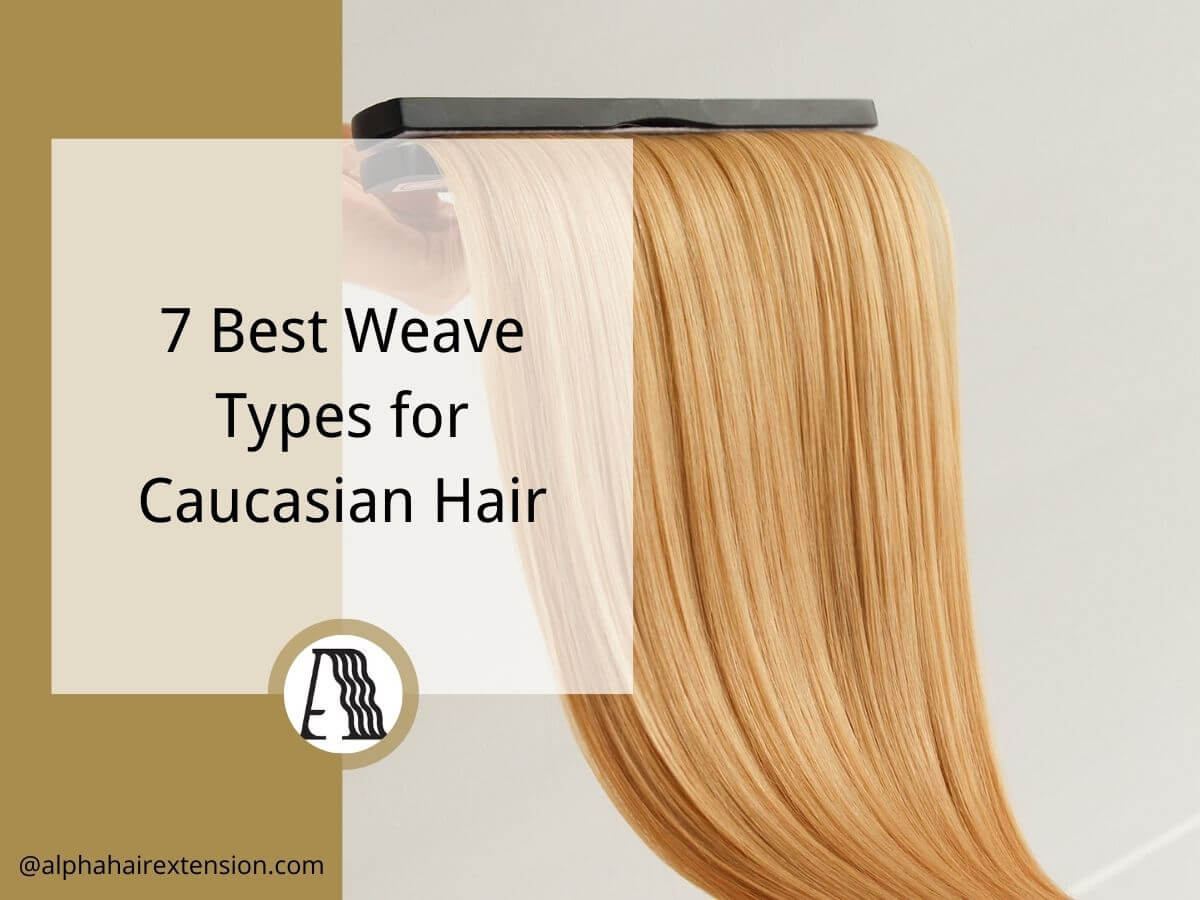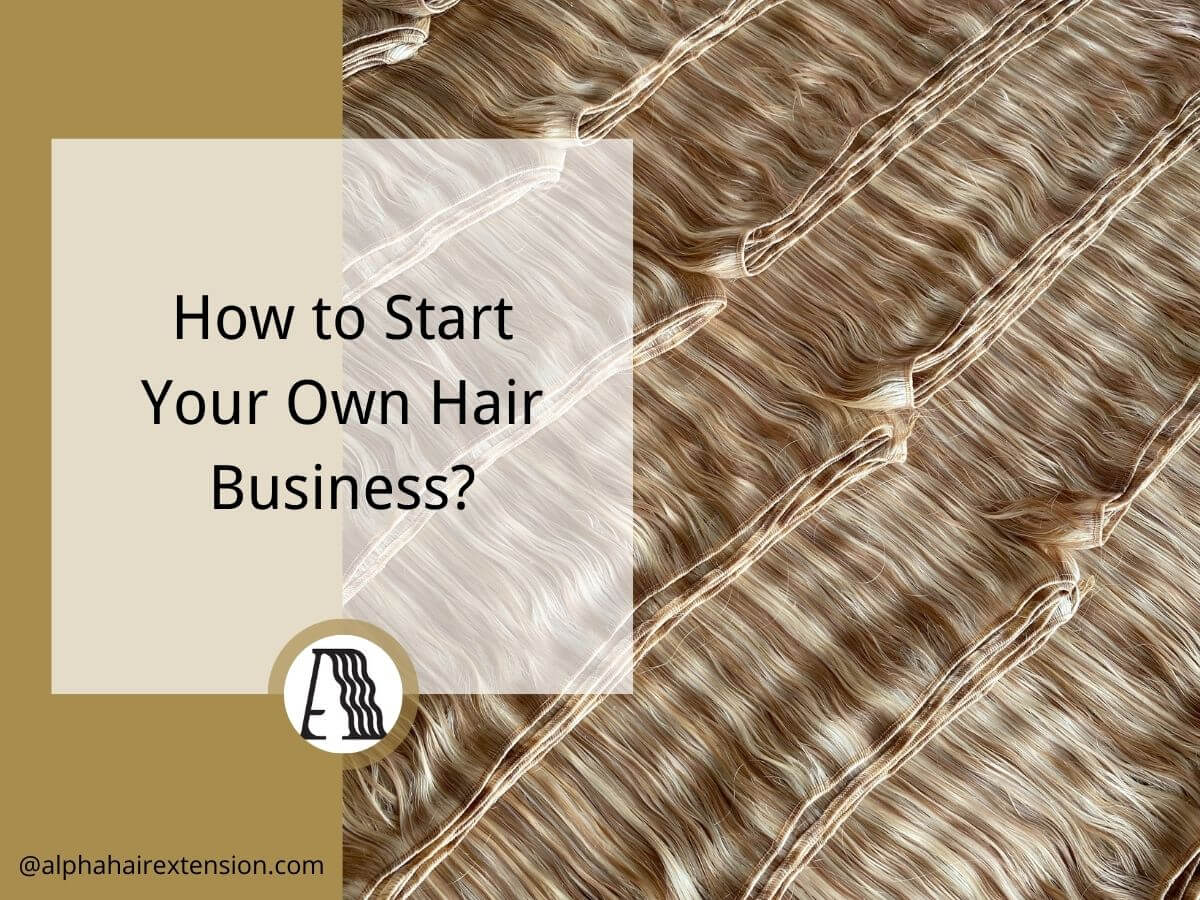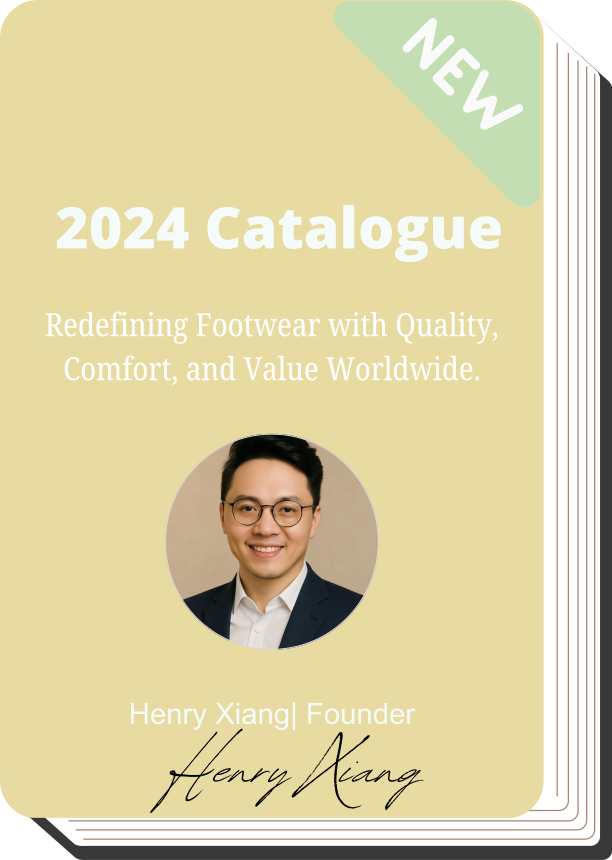A few years ago, a salon owner asked me, “Are sewn-in extensions really worth it for my business?” It was an honest question.
Some stylists and customers swear by them for their longevity and natural appearance. Others find the upkeep challenging, and not every client is willing to commit.
If you’re in the business of selling hair extensions—whether through a brand, an online store, or a salon—you might be wondering the same thing.
Will they attract the right customers? Do they fit your market? And how do they compare to other options?
This guide breaks it down. We’ll go over the benefits, the challenges, and what you need to consider from a business perspective. By the end, you’ll have a clearer idea of whether sewn-in extensions are a smart addition to your product lineup.
Let’s get started!
1. What Are Weave-In Hair Extensions?
If you’ve been in the hair business for a while, you’ve probably seen the growing demand for longer, fuller, and more natural-looking hair extensions. Customers want something that lasts longer than clip-ins but doesn’t require daily maintenance. That’s where weave-in hair extensions come in.
These extensions are attached directly to the scalp using different installation methods. Unlike clip-ins, which can be removed daily, weave-ins stay in place for weeks, making them a semi-permanent option for those who want a more natural and long-lasting look.
Many people prefer weave-ins because they blend seamlessly with natural hair and can be styled like real hair. But not all weave-in extensions are the same. The installation method affects how comfortable they feel, how long they last, and how much upkeep they require.
If you’re considering adding weave-in extensions to your product line, understanding the different types will help you make the best decision.
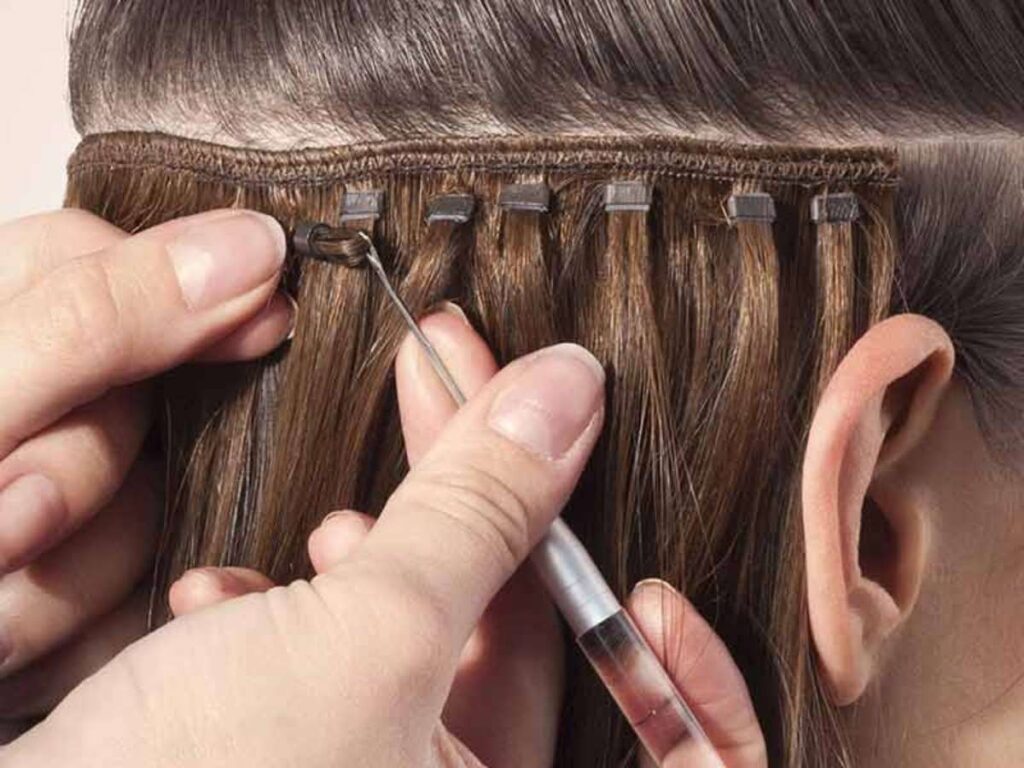
Types of Weave-In Hair Extensions
Different customers have different needs. Some prioritize durability, while others look for comfort and flexibility. Below are the most common types of weave-in extensions and what makes each unique.
Sew-In Weave
- One of the most popular types of weave-in extensions.
- The stylist braids the natural hair into cornrows before sewing the hair extensions onto the braids using a needle and thread.
- Works best for thick, coarse hair, as it provides a secure and long-lasting hold.
- It can last 6–8 weeks with proper care.
Bonded Weave
- Uses glue or keratin adhesive to attach hair wefts to the scalp.
- The stylist applies glue close to the scalp and presses the extensions in place.
- Lasts a few weeks, but requires careful removal to prevent hair damage.
- Provides a lightweight feel and blends seamlessly with natural hair.
Micro-Link Weave
- Also known as bead or ring extensions.
- Attached using tiny metal beads instead of braids or glue.
- Offers more movement and flexibility, making it a comfortable option.
- Can last up to 3 months with regular maintenance.
2. Pros of Weave-In Hair Extensions
A while ago, I spoke with someone in the industry who was struggling to keep up with customer demands. They stocked clip-ins and tape-ins, but their clients kept asking for something that lasted longer. After testing different options, they realized that weave-in extensions weren’t just a trend—they were a solution customers kept coming back for.
If you’re considering adding weave-in extensions to your product line, it’s important to understand what makes them so popular. Here’s why so many people choose them over other extension types.
Long-Lasting & Secure Fit
Imagine a customer investing in extensions, only to have them slip out during the day. Frustrating, right? That’s exactly why weave-in extensions are a game-changer for those looking for a secure, long-lasting option.
Unlike clip-ins, which need to be removed daily, weave-ins stay in place for 6 to 8 weeks with proper care. They won’t slip during workouts, swimming, or sleeping—making them a low-maintenance option for customers with busy lifestyles.
Since they are sewn into braids or secured with beads, there’s no need for constant adjustments. This makes them a reliable choice for those who want extensions that stay put.
Protective Styling for Natural Hair
Heat styling, daily brushing, and chemical treatments can take a toll on natural hair. But what if customers could protect their hair while still enjoying added length and volume?
That’s where weave-in extensions come in. Since they cover natural hair, they act as a barrier against heat damage, environmental stress, and over-styling. Many people use weave-ins to support healthy hair growth because their real hair stays tucked away, reducing breakage.
However, like any protective style, proper care is key. Customers need to moisturize their scalp and maintain their braids to prevent dryness. When done right, weave-in extensions can be a tool for both beauty and hair health.
Adds Volume & Length Instantly
A salon owner once told me about a client who walked in with thin, shoulder-length hair and left with thick, waist-length waves—all in just a few hours. That’s the magic of weave-in extensions.
For customers with fine or short hair, weave-ins provide an instant transformation. They create a fuller, thicker appearance without waiting. Instead of relying on months (or years) of hair growth, customers can switch up their looks anytime.
Whether they want shoulder-length layers or dramatic waist-length styles, weave-ins offer endless possibilities without commitment.
Versatile Styling Options
One of the biggest reasons customers love weave-in extensions? Styling freedom.
With weave-ins, they can:
- Straighten, curl, or wave their hair
- Braid it into different hairstyles
- Choose from various textures to match their natural hair
Unlike some other extension types, weave-ins blend seamlessly with real hair, making them look and feel completely natural.
This kind of versatility is what keeps customers coming back. When they find a product that allows them to switch up their look without damaging their real hair, they’re more likely to stay loyal to the brand that provides it.
No Daily Removal Needed
One of the biggest complaints customers have about clip-in or halo extensions? The daily effort.
Having to remove and reapply extensions every day can be time-consuming. Weave-in extensions eliminate that hassle. Once installed, they stay in place—no need to clip them in every morning or take them out every night.
For busy customers looking for a long-term, low-maintenance hair solution, this makes all the difference. They get length, volume, and styling flexibility—without daily upkeep.
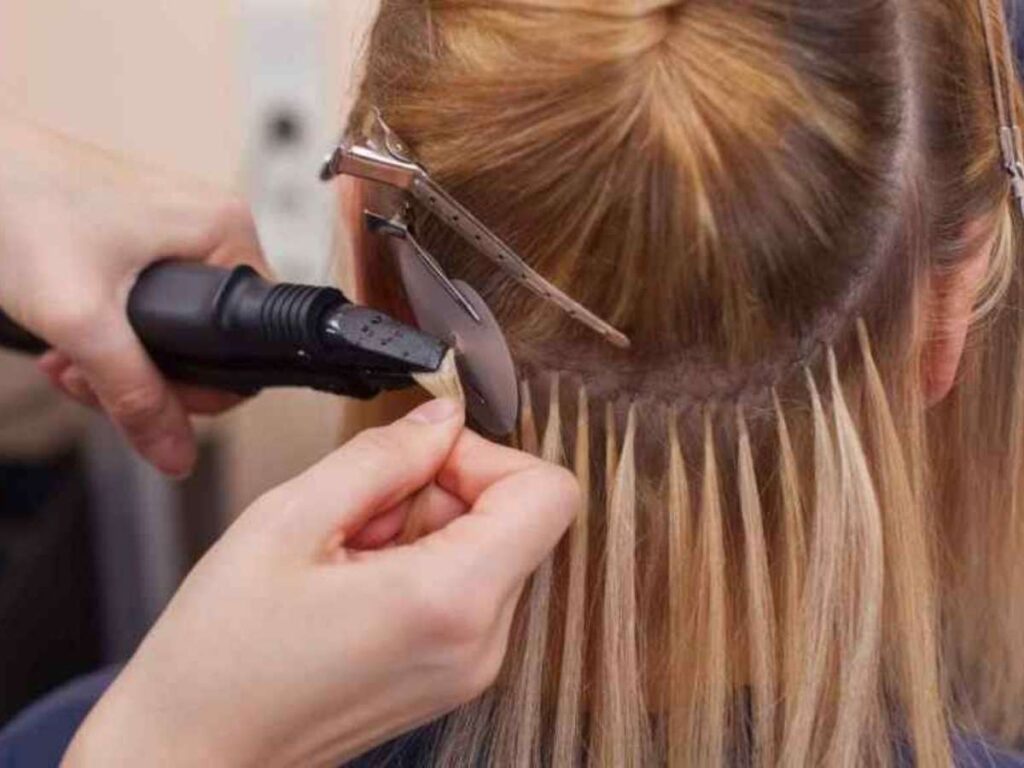
3. Cons of Weave-In Hair Extensions
Weave-in extensions offer length, volume, and styling versatility, but they’re not for everyone. If you’re considering adding them to your product lineup, it’s important to understand the potential drawbacks. That way, you can help customers make informed choices and avoid common mistakes.
Can Cause Hair Damage if Installed Improperly
Weave-ins can be harsh on natural hair—but only if they’re installed incorrectly. If the braids are too tight, they pull on the scalp, leading to thinning, breakage, or even traction alopecia over time.
That’s why a professional stylist is recommended for installation. An expert knows how to create a secure but comfortable base that won’t put too much tension on the scalp. DIY installations or inexperienced stylists can increase the risk of hair damage, making proper education essential for anyone considering weave-ins.
Requires Regular Maintenance & Care
Weave-in extensions are not a “set it and forget it” hairstyle. If they aren’t properly cared for, they can become dry, tangled, or even cause scalp irritation.
To keep them looking fresh, customers need to follow a regular maintenance routine, including:
- Washing – Cleanse the scalp and extensions at least once a week to prevent buildup.
- Deep Conditioning – Keeps both the natural hair and extensions hydrated.
- Detangling – Prevents knots and matting, especially near the braids.
- Scalp Care – Regular oiling prevents dryness, itching, and flaking.
If your market includes customers who prefer low-maintenance extensions, you may need to guide them toward an option that requires less upkeep.
More Expensive Than Other Methods
Weave-ins can be a bigger investment than other types of extensions. The total cost includes both the hair and installation.
- Installation – Professional services range from $100 to $600, depending on location and stylist.
- Hair Quality – High-quality human hair extensions last longer but come at a higher price.
If your customers are on a tight budget, they may prefer clip-ins or tape-ins, which are typically more affordable and easier to maintain.
Potential Scalp Irritation or Discomfort
A common complaint with weave-ins? Scalp discomfort—especially in the first few days.
Tight braids can cause:
- Headaches right after installation.
- Itching and buildup if the scalp isn’t washed regularly.
Some people adjust quickly, but for others, the tension is too uncomfortable. If the pain lasts more than a few days, the braids may be too tight and need to be loosened.
Not Ideal for Very Thin or Fragile Hair
Weave-ins need a strong foundation to stay in place. If a customer has thin, weak, or damaged hair, braiding can put too much stress on their strands.
For those with fragile hair, lighter options like tape-ins or clip-ins may be a better choice. Weave-ins work best for thicker, coarser hair that can handle weight and tension.
Conclusion
Weave-in extensions offer volume, versatility, and durability—but they require commitment.
Now that you understand the pros and cons, what’s stopping you? If you want length and fullness that lasts for your customer, this method is worth it.
The key is choosing quality hair, finding a skilled stylist, and maintaining your installation properly.
There’s no perfect choice—only the one that fits your needs. And now, you’re equipped to decide.
Ready to get started?
Contact us today to explore your best options.
Discover More Options
Want to see more products? We’ve got plenty of options that might just be the perfect fit for you:
Still haven’t found what you’re looking for? Don’t hesitate to contact us. We’re available around the clock to assist you.
